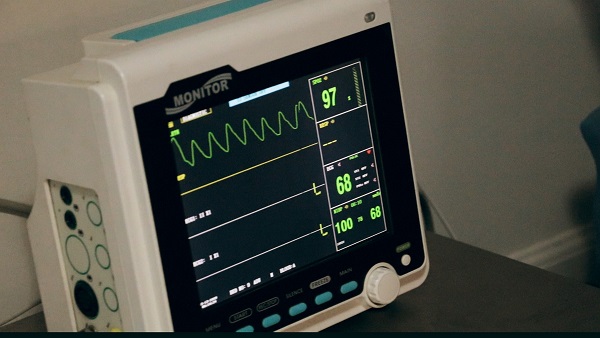This unfortunate case provides an excellent opportunity to review a few key issues related to bad patient outcomes. Any practicing emergency physician will immediately identify one critical issue with this patient’s care: the level of tachycardia at discharge.

Stabilization of a patient’s vital signs is a critical part of emergency medical care, and this patient had a critically elevated heart rate at the time of discharge. Not only was it elevated, it also showed an increasing trend from 82bpm (as reported by EMS) to 142bpm prior to discharge. This rapid increase in heart rate likely continued at home up until her death.
Tachycardia is a red flag that should trigger the EM physician to carefully review the patient’s case. There is evidence that tachycardia at the time of discharge is particularly associated with bad outcomes. A paper by Sklar et al (https://www.ncbi.nlm.nih.gov/pubmed/17210204) found that abnormal vital signs at discharge are associated with unexpected death. They note that, “the presence of tachycardia was particularly striking and occurred in 48 of 58 (83%) patients”.
While tachycardia should give the EM physician pause, it is not an absolute contraindication to discharge. A heart rate that is barely tachycardic is more reassuring than a heart rate in the 140s. The trend is also informative; a heart rate that is improving is reassuring. Each case should be evaluated individually by the EM doctor. However, this case clearly falls outside the realm of reasonable discharge.

Another issue to address is the mental approach to bounceback visits. Often times, patients who rapidly return to the ED are met with skepticism and disdain by staff. It is easy to feel frustrated to have worked hard to take care of a patient, only to have them return a few hours later. The documentation for this case indicates that the patient did not fill her medications. No doubt the staff felt that if the patient simply followed the instructions she was given, she would not have returned. In reality, many return visits do not yield any further issues and patients often simply need reassurance and counselling.
However, rather than viewing a bounceback as an annoyance, the return visit should be viewed as an opportunity to catch something that was missed previously, or to identify a new emergency that has arisen. In this case, the patient had already had a full workup with labs and a CT scan. The physician likely felt that the patient’s extensive workup mere hours ago did not need to be repeated. There is significant concern about over-ordering tests in medicine, and the risk of over-testing may have played a role in the fact that no tests were repeated. The patient’s marked tachycardia (admittedly, in addition to hindsight bias) suggested that repeat testing should be ordered. It is impossible to know with certainty what a repeat CT scan would have showed, but at some point between her initial CT scan and her autopsy, she developed 5 liters of blood and purulent material in her abdomen. There is a high likelihood that this would have been apparent on repeat CT scan.

Note that this is the second case in which a patient with a rapid ED bounceback was not appropriately tested. The patient in Case 5 (Link:
http://www.medmalreviewer.com/case-5-knee-pain/) also had a bad outcome that likely would have been discovered on a CT scan. The frustration with rapid return visits and concern about over-testing needs to be balanced by the fact that this patient population can have lethal pathology.
They are giving you one last chance to save their life.
Don’t miss it.